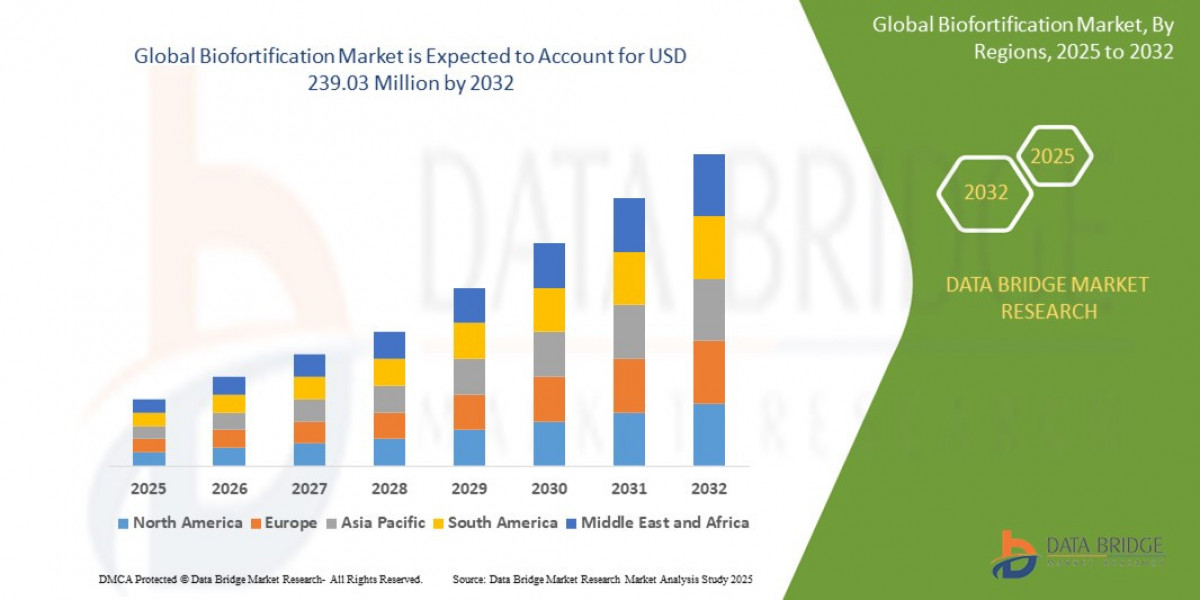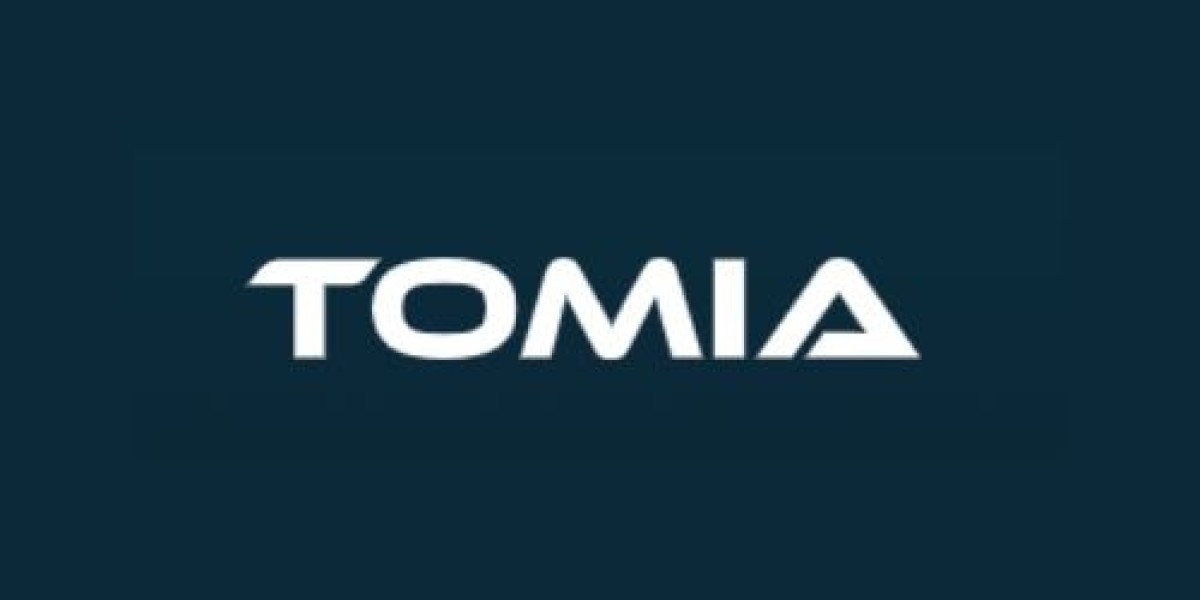Introduction
Postmenopausal vaginal atrophy (PVA) is a common yet often overlooked condition that affects millions of women globally. Characterized by vaginal dryness, irritation, pain during intercourse, and increased risk of infections, PVA is primarily caused by declining estrogen levels after menopause. With a rising aging female population, the demand for effective treatments and innovative drug solutions has propelled the Postmenopausal Vaginal Atrophy (PVA) drug market into significant growth.
Understanding PVA and Its Impact
PVA, also referred to as genitourinary syndrome of menopause (GSM), results from thinning of the vaginal walls, reduced elasticity, and decreased lubrication. These symptoms can severely impact a woman’s quality of life, sexual health, and urinary function.
Key Symptoms:
Vaginal dryness, itching, and burning
Dyspareunia (painful intercourse)
Increased urinary tract infections (UTIs)
Vaginal bleeding after intercourse
Frequent urination and urgency
Without treatment, these symptoms can worsen over time, making early intervention with appropriate therapies essential.
Market Growth Drivers
The PVA drug market has witnessed considerable expansion due to increasing awareness, availability of advanced therapies, and evolving treatment options. Several key factors are fueling this market growth:
1. Growing Aging Population and Increased Menopausal Cases
As life expectancy increases, more women are experiencing longer postmenopausal periods, leading to higher rates of PVA diagnosis and treatment adoption.
The World Health Organization (WHO) estimates that by 2030, 1.2 billion women worldwide will be postmenopausal, increasing the demand for PVA drugs.
2. Advancements in Hormonal and Non-Hormonal Therapies
Estrogen-based therapies remain the gold standard for PVA treatment, with options like topical creams, vaginal rings, and oral estrogen.
Non-hormonal alternatives such as dehydroepiandrosterone (DHEA), ospemifene, and hyaluronic acid-based therapies are gaining popularity for women who cannot use estrogen due to cancer risk or other medical conditions.
The emergence of regenerative therapies like stem cell treatments and platelet-rich plasma (PRP) therapy is shaping the future of the market.
3. Rising Awareness and Acceptance of Women’s Health Treatments
Previously considered a taboo topic, PVA is now gaining medical and societal recognition, leading to higher diagnosis rates and better treatment adherence.
Educational campaigns and social media awareness initiatives by health organizations have contributed to reducing stigma around menopause and vaginal health.
Market Challenges and Barriers
Despite its growth, the PVA drug market faces certain challenges:
1. Side Effects and Safety Concerns
Long-term hormone therapy has been linked to breast cancer, stroke, and cardiovascular risks.
Non-hormonal treatments, while safer, often require frequent application and may have lower efficacy.
2. High Cost of Treatment
Advanced therapies such as laser treatments and regenerative medicine are expensive and not covered by insurance in many regions.
Affordability remains a key concern in low-income and developing countries.
3. Limited Awareness in Underdeveloped Regions
Lack of education and access to healthcare facilities prevents many women from seeking early diagnosis and treatment.
Cultural stigma in certain regions discourages women from discussing postmenopausal health issues with healthcare providers.
Regional Market Trends
North America leads the market due to high awareness, robust healthcare infrastructure, and strong R&D investments in women’s health.
Europe follows closely, with government support for menopause research and a growing focus on female wellness.
Asia-Pacific is witnessing rapid growth as aging populations, increased healthcare spending, and greater access to women’s healthcare services fuel demand.
Latin America, the Middle East, and Africa remain emerging markets, where improving women’s health awareness could drive future market expansion.
Future Trends and Innovations
The PVA drug market is poised for further advancements with several emerging trends:
Next-Generation Hormonal Therapies: Development of selective estrogen receptor modulators (SERMs) to offer safer and more targeted treatments.
Microbiome-Based Therapies: Research into probiotic-based vaginal treatments to restore natural flora and prevent infections.
AI and Telemedicine in Menopausal Care: Digital platforms offering personalized treatment plans and virtual consultations for PVA management.
Sustainable and Organic Drug Formulations: Increased demand for plant-based and bio-identical hormonal treatments.
Conclusion
The Postmenopausal Vaginal Atrophy (PVA) drug market is evolving rapidly, driven by advancements in treatment options, increasing awareness, and an aging global population. With continued research, innovation, and better healthcare accessibility, PVA management will become more effective, affordable, and widely accepted in the coming years.







